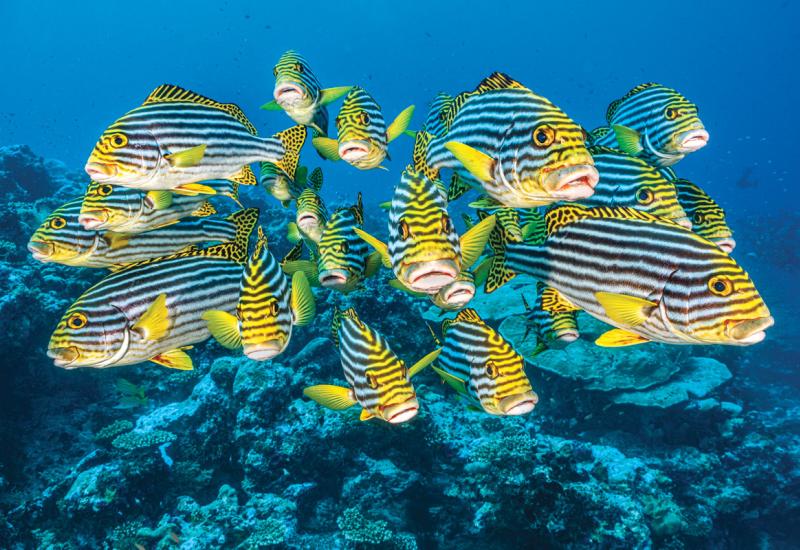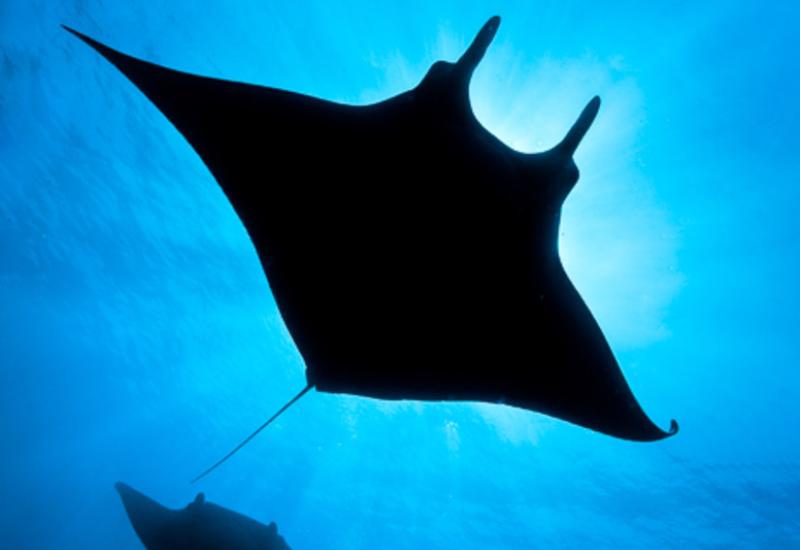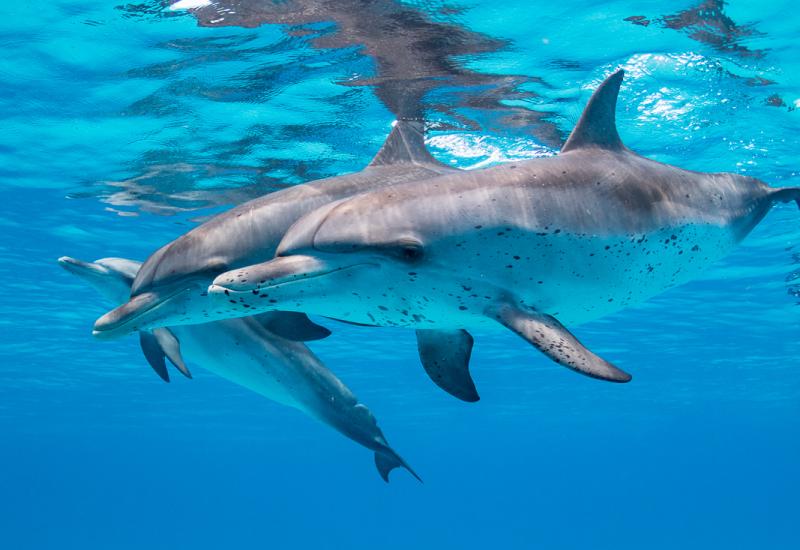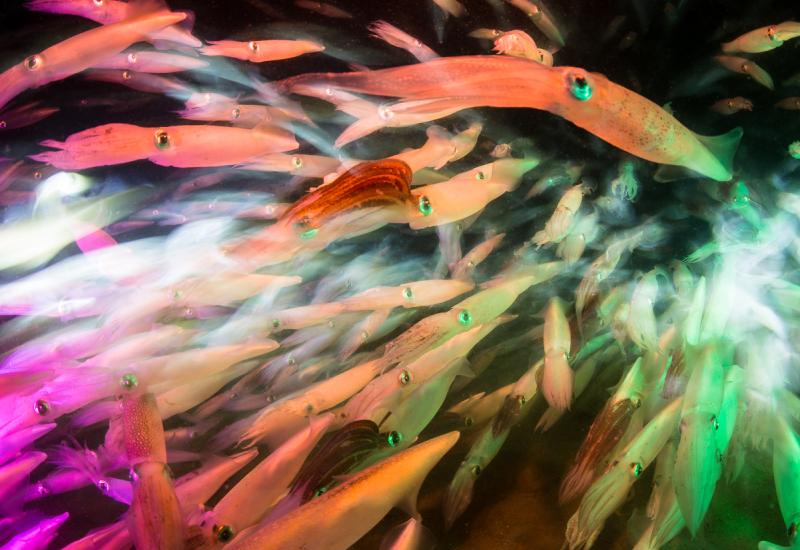How to Incorporate Divers in Your Underwater Photography
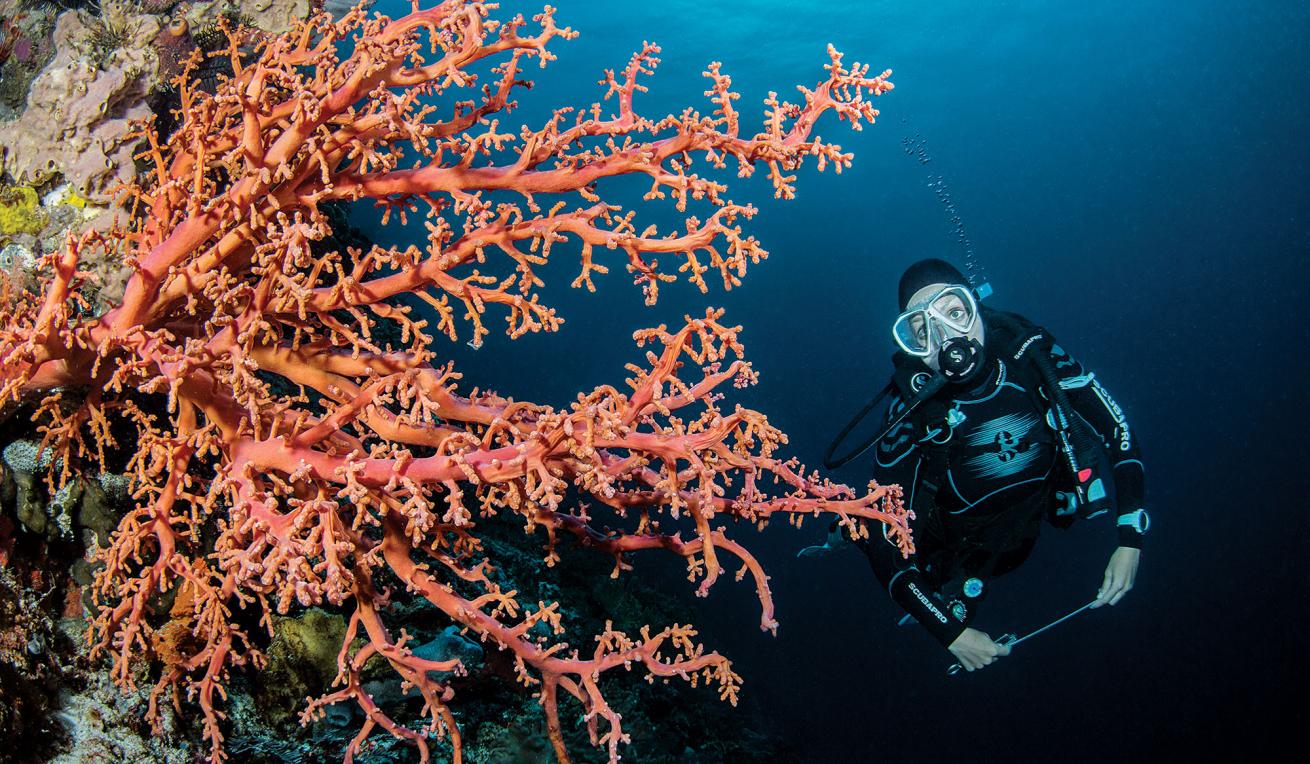
Brett DurandInteraction between a diver and marine life will enhance your shot.
You and your dive buddy make a great team — you keep each other safe and share cool moments underwater. Once a camera appears, however, the focus shifts to composing photo after photo, perhaps not paying as much attention to your buddy as you should. So let’s get that dive buddy involved in the process. Not only will you benefit from more-interesting wide-angle images, but your buddy will love sharing those underwater action shots with friends.
Incorporating a dive buddy can benefit your photos in two ways. The first is to show the interaction between a diver and an element of the composition, such as marine life. The second is to provide scale for the viewer, which is why we often see divers in photos of large shipwrecks.
The tips below will help make the most of these photo opportunities while also putting your buddy to work.
1) Discuss hand signals prior to your dives. The goal is to be able to let your buddy know that you would like him to be a part of your shot, and then get your buddy into the perfect position. Single hand signals are best; stay away from universal signs that have other meanings, like a thumb pointed up. “Do that again,” “stay put” and “look over there” are common commands.
2) Work the angles. Subtle differences in the angle of your dive buddy in relation to the area she or he is looking will make a composition more pleasing. Things to consider include distance, horizontal or vertical orientation, and rotation with regard to the camera.
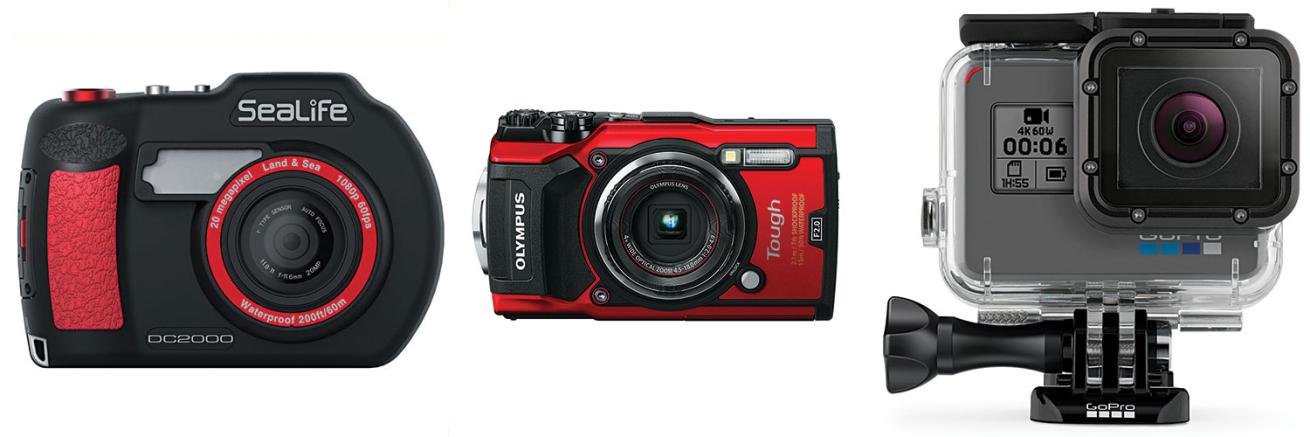
(Left to right) Sealife; Olympus; GoPro
SeaLife DC2000 Olympus Tough TG-5 GoPro HERO6 Black $699; sealife-cameras.com $449.99 camera; $299.99 housing; getolympus.com $399.99 camera; $49.99 housing; shop.gopro.com Compact and versatile, the DC2000 is easy to carry and use on any dive. A 1-inch 20-megapixel sensor delivers great image quality, while advanced features like RAW formatting, manual settings and custom white balance open the door to unlimited creativity. The TG-5 is built to withstand almost everything you’ll encounter on a dive trip, even without a housing. A 12-megapixel CMOS sensor and high-speed f/2 lens provide great low-light performance, while Microscope Modes deliver incredibly sharp macro. Record the best moments of your dives in 4K video with the HERO6. Try 1080p 240 fps super-slow motion when diving with fast subjects such as sharks.
3) Engage with the subject. Your dive buddy should not look directly at the camera but instead look at the subject of the scene. If your buddy is close and the subject is right in front of the camera, have your buddy look just beyond and to the side of the camera’s lens so you catch her eyes without direct contact, as in the image above.
4) Use a dive light. Divers who are holding a light are often more interesting (even if logic tells you there’s no need for a light in that situation).
5) Shoot portraits. This is where you and your dive buddy can have fun, since the goal is simply to document your buddy enjoying the dive. Get close and make sure to have strong eye contact.

